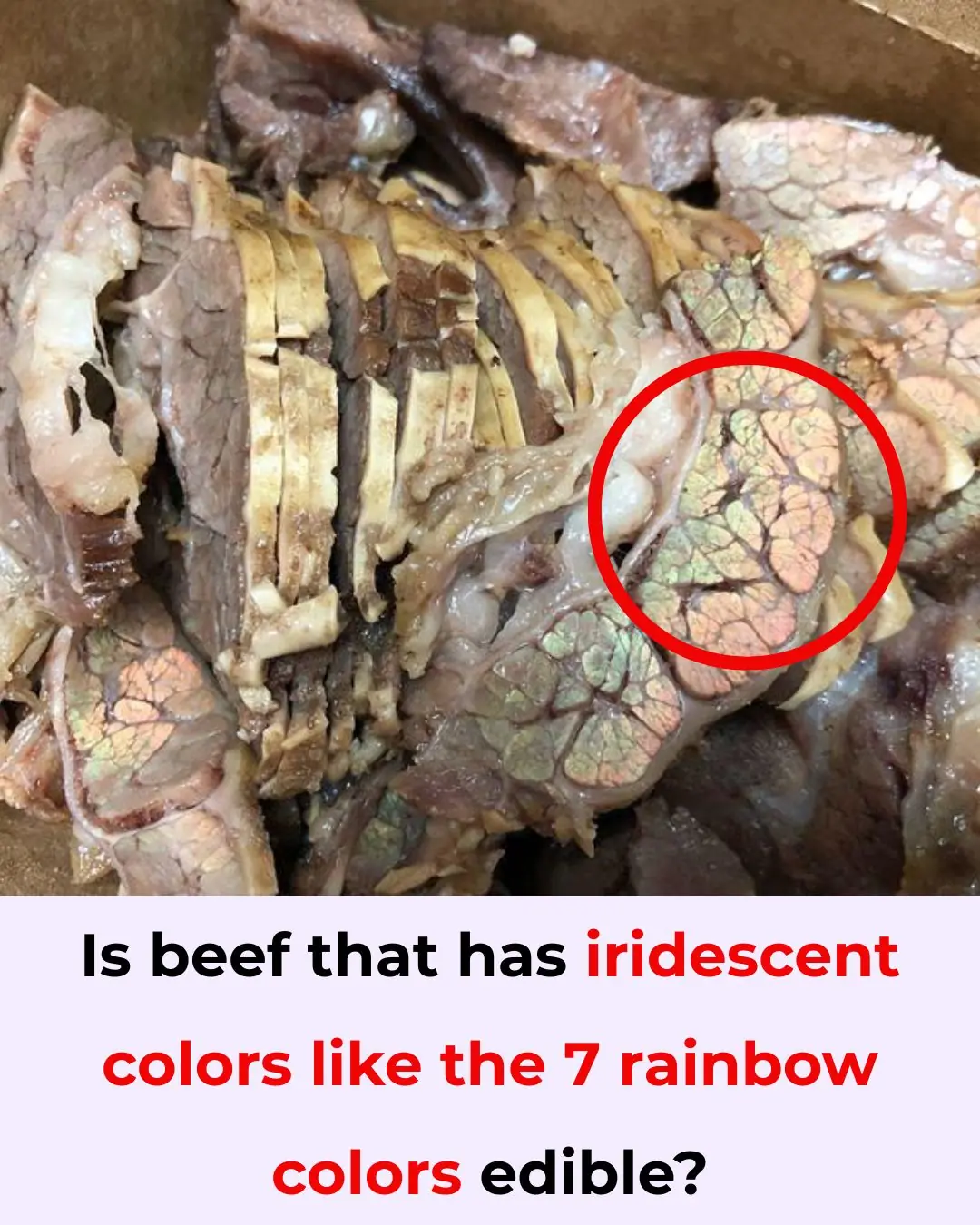
Don’t Just Put Shrimp Straight into the Fridge! Do This Extra Step and Keep Shrimp Fresh and Delicious for Up to a Month Without Losing Flavor
Shrimp is a popular seafood loved by many, but keeping it fresh and tasty for a long time can be tricky. If you just put shrimp straight into the fridge or freezer without any preparation, the shrimp can lose its natural sweetness and become bland or even spoil. Here are some simple yet effective tips to help you store shrimp so it stays fresh, flavorful, and firm for weeks.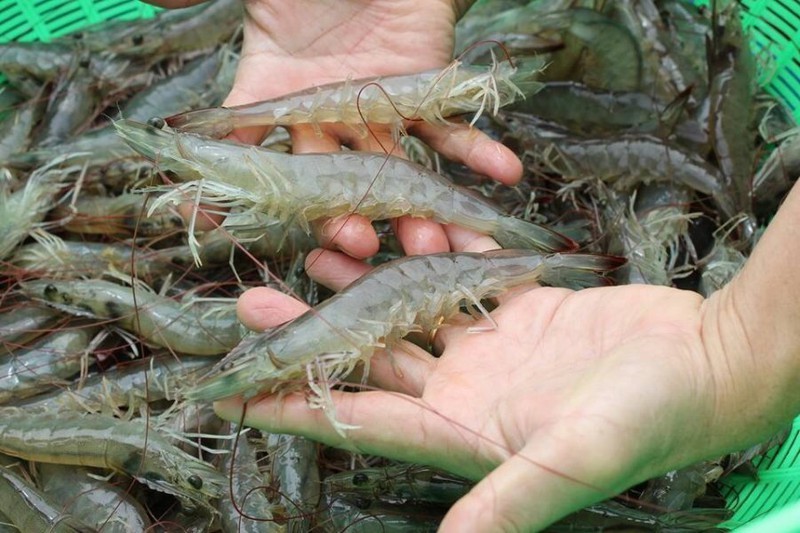
How to Choose Fresh Shrimp
The first step to keeping shrimp fresh longer is choosing the freshest shrimp from the start.
-
Pick shrimp with a bright, translucent appearance and a slight greenish sheen on the shell.
-
When held up to sunlight, fresh shrimp should look shiny and almost see-through.
-
Fresh shrimp should be lively and flexible; when you hold them, they should snap or curl back quickly.
-
Avoid shrimp that smell strongly fishy or sour.
-
Don’t buy shrimp with dull colors, faded eyes, limp bodies, missing legs or antennae, or loose heads.
Choosing good quality shrimp is key because even the best preservation method won’t save poor quality shrimp.
Preserving Shrimp Using Sugar
Instead of putting shrimp directly into the freezer, try this simple preparation step that helps lock in moisture and flavor.
Steps:
-
Rinse the shrimp thoroughly in clean water to remove any dirt or mud.
-
Pat the shrimp dry using paper towels to remove surface moisture.
-
Use a container with a lid to store the shrimp.
-
Arrange shrimp in a single layer at the bottom of the container.
-
Sprinkle a thin layer of white sugar over the shrimp.
-
Add another layer of shrimp, then another layer of sugar.
-
Repeat until all shrimp are layered with sugar on top.
-
Seal the container and place it in the freezer.
When you want to use the shrimp, thaw naturally—do not soak them in water, as this can make the shrimp mushy.
Why sugar?
Sugar helps to retain moisture in the shrimp, preventing them from drying out and becoming tough. This method also preserves the sweet, fresh taste of the shrimp for up to a month.
Tip:
Divide shrimp into meal-sized portions before freezing so you can thaw only what you need.
Preserving Shrimp with Saltwater
Another effective method is freezing shrimp in lightly salted water.
Steps:
-
Wash shrimp thoroughly.
-
If shrimp are still active and moving, soak them briefly in ice water to calm them down.
-
Place shrimp in a container.
-
Fill the container with cold water mixed with a few grains of salt—just enough to cover all shrimp.
-
Seal the container and freeze.
Important:
Use very lightly salted water. Too much salt can penetrate the shrimp and affect their natural flavor.
This method forms a protective layer of ice around the shrimp, preventing direct air exposure that causes oxidation and the blackening of shrimp heads.
Tips for Thawing Frozen Shrimp
-
Run cold water over the ice block with shrimp to melt the ice quickly.
-
If you’re not cooking immediately, keep shrimp in a bowl of ice water to keep them cold.
-
Avoid leaving shrimp in water too long, or their texture may become soft and mushy.
-
Never thaw shrimp by soaking in warm water or at room temperature as this affects quality and food safety.
Using Plastic Bottles for Shrimp Storage
You can also store shrimp inside clean plastic bottles filled with water and sealed tightly before freezing. This method helps keep shrimp isolated from air, preserving freshness longer.
When ready to use:
-
Run water over the frozen bottle to release the shrimp.
-
Cut open the plastic and remove shrimp.
-
Let the ice melt a bit before cooking.
Pre-cooking Shrimp Before Storage
For even longer storage without losing taste or texture, try briefly boiling or steaming shrimp before freezing.
Steps:
-
Wash shrimp thoroughly and drain.
-
Boil water with a pinch of salt.
-
Add shrimp and boil or steam for 2 minutes until they turn pink.
-
Remove shrimp and let them cool to room temperature.
-
Portion shrimp into containers, seal, and freeze.
This pre-cooking step keeps shrimp tender and prevents them from shrinking or toughening during freezing.
When ready to eat, reheat by steaming or cooking directly in your recipe.
Final Notes
-
Always keep shrimp cold during handling.
-
Avoid repeated freezing and thawing.
-
Store shrimp in small portions to minimize waste.
-
Proper packaging and sealing prevent freezer burn and loss of flavor.
By following these simple but effective steps, you can enjoy fresh, flavorful shrimp even after weeks in the freezer!
News in the same category


🚽 How to Remove Limescale Stains from Your Toilet Bowl — Naturally & Without Harsh Chemicals
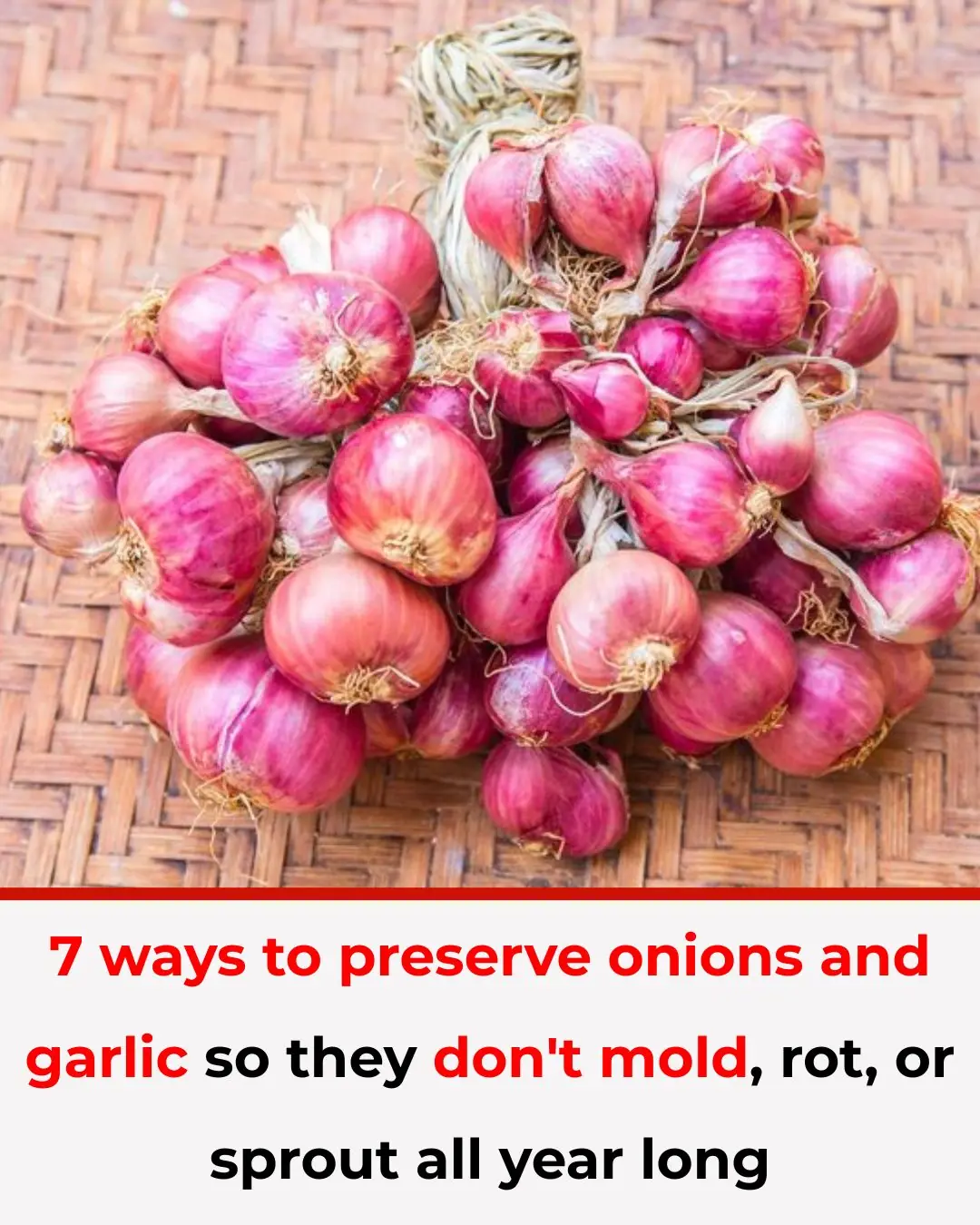
7 ways to preserve onions and garlic so they don't mold, rot, or sprout all year long

Squeeze lemon juice into the rice cooker before cooking? Simple operation but surprising effects
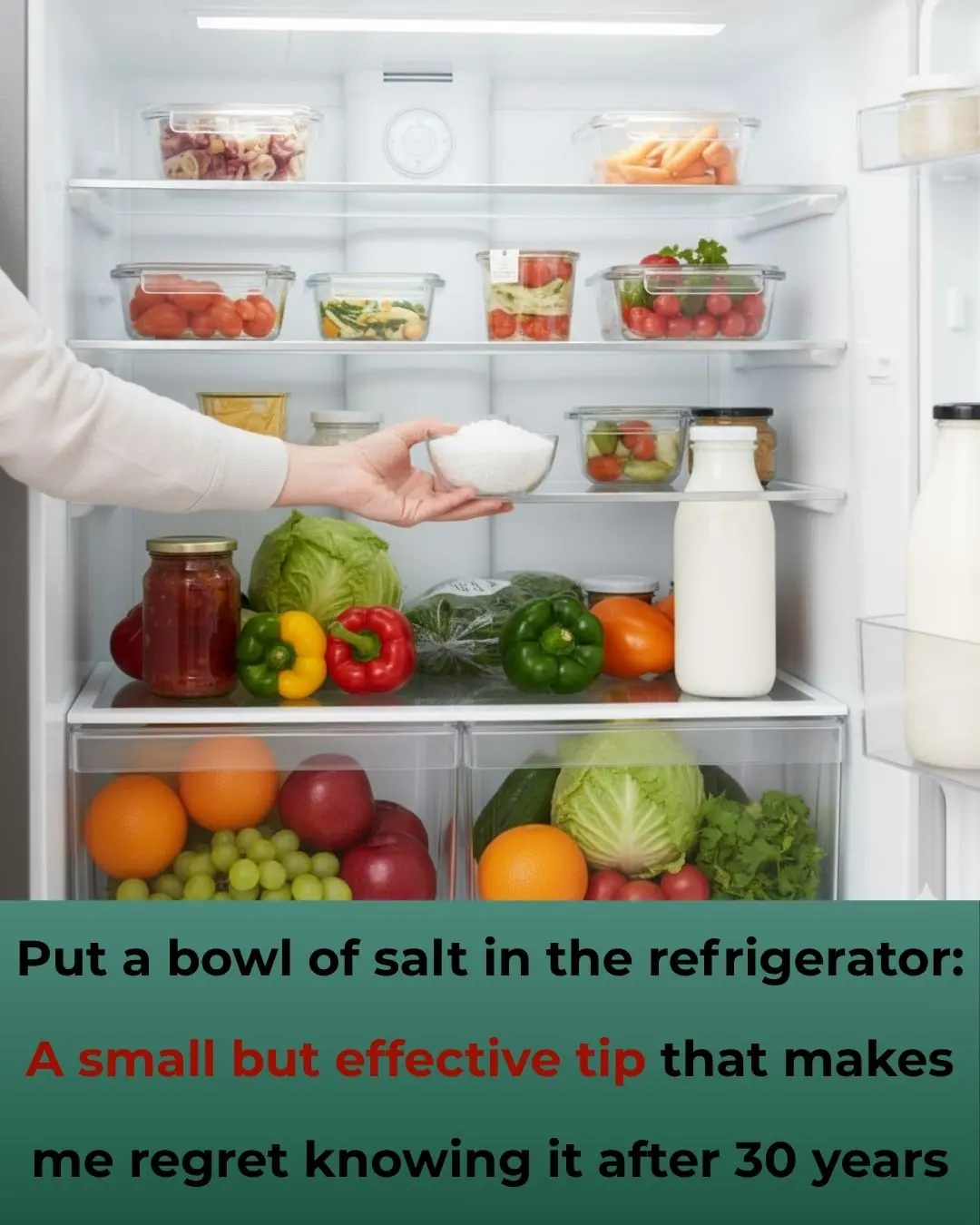
Put a bowl of salt in the refrigerator: A small but effective tip that makes me regret knowing it after 30 years

The Hidden Power of the Hole in Your Kitchen Knife — 7+ Surprising Uses You Probably Didn't Know

Most people will go their entire lives without ever knowing what the microwave ring cover is actually for

10 Morning Habits That Are Surprisingly Harmful to Your Health
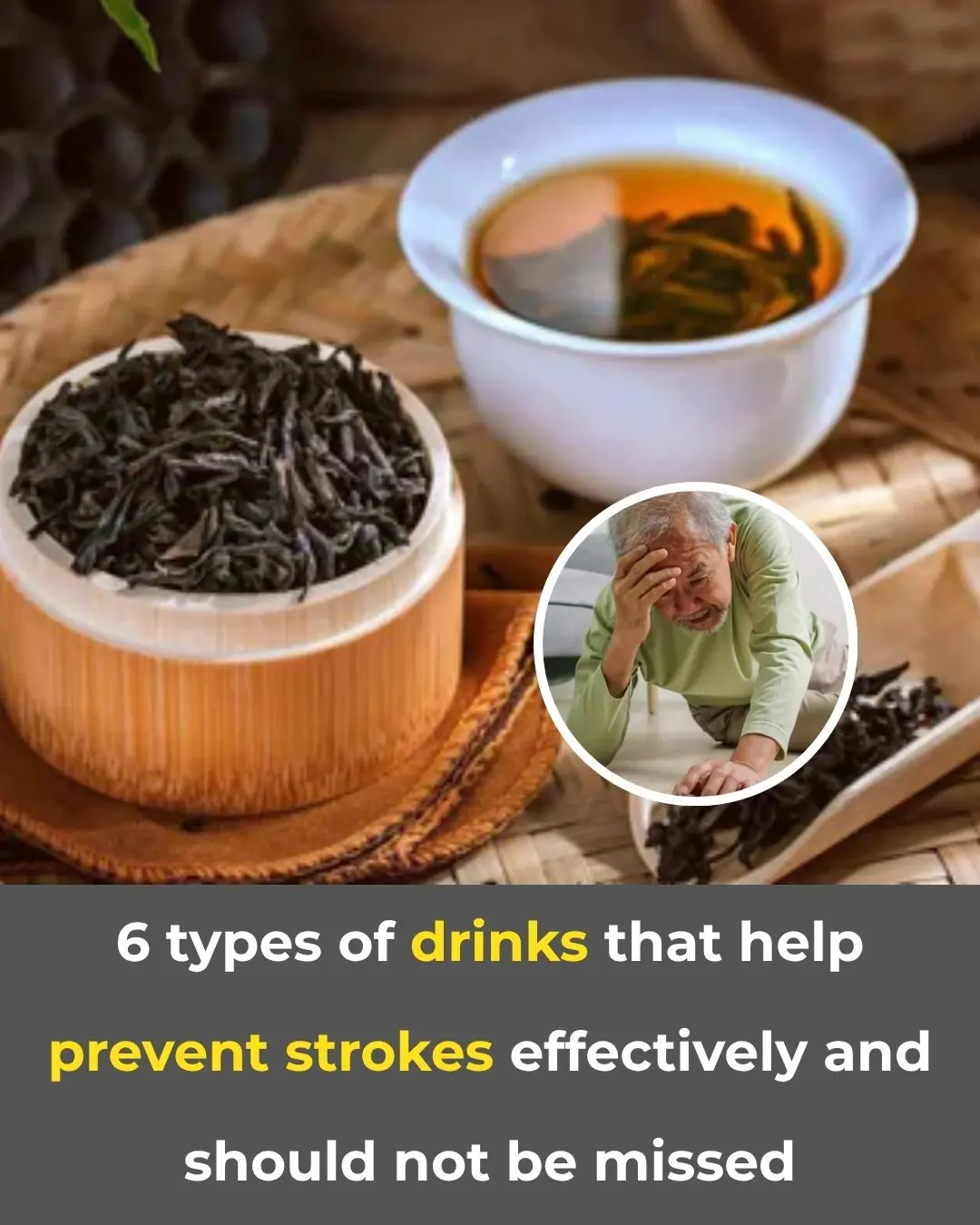
6 Effective Drinks to Help Prevent Stroke – Don’t Overlook These Choices

Keep your bathroom clean and fresh all year round by applying these 7 small habits.

The air conditioner only has wind but is not cool. If you do this, it will be 'cold'. No need to call a costly technician.
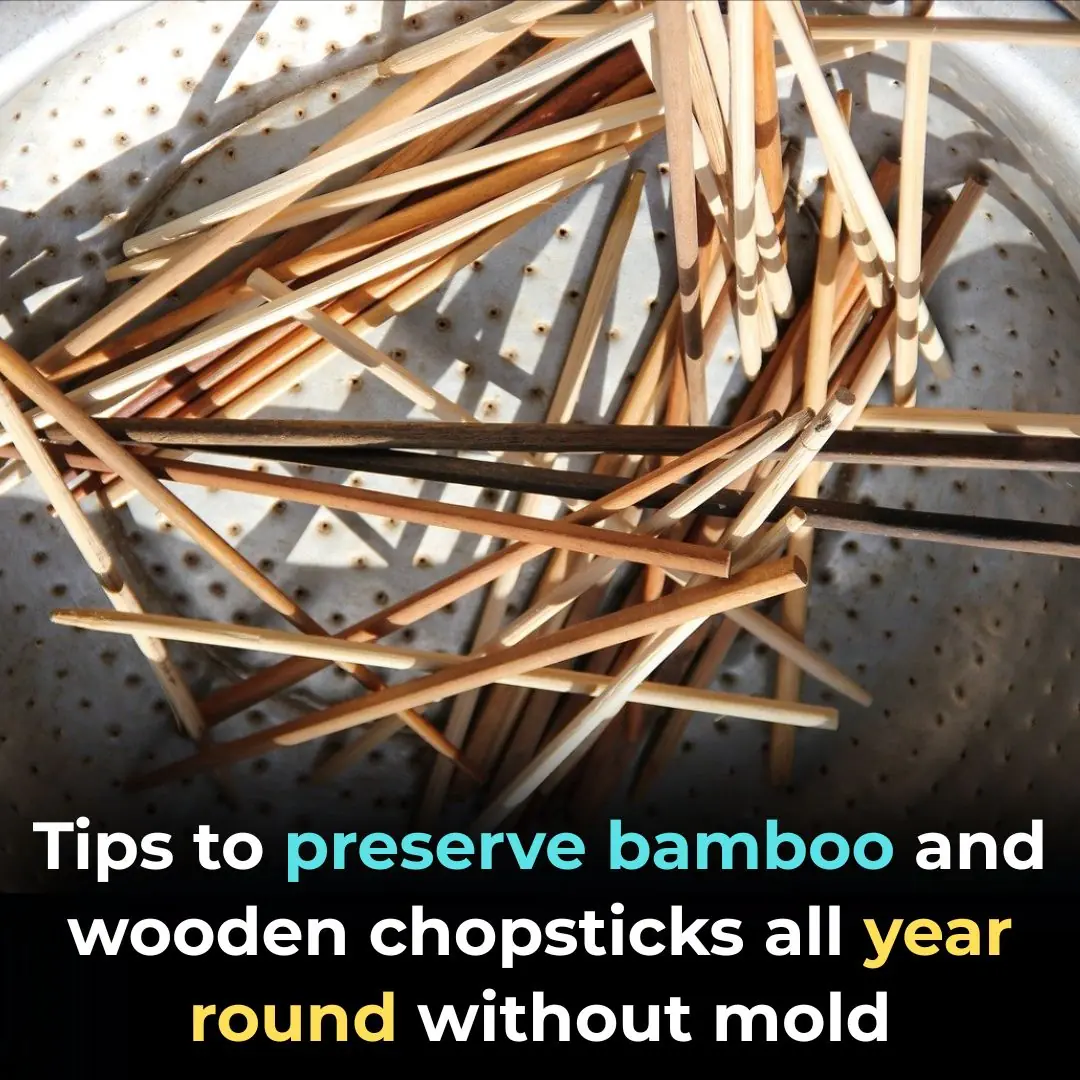
Tips to preserve bamboo and wooden chopsticks all year round without mold

No need for sprays or incense, use this water and mosquitoes will disappear completely.

When cooking bitter melon soup, just add this one thing to ensure the dish is both delicious and nutritious.
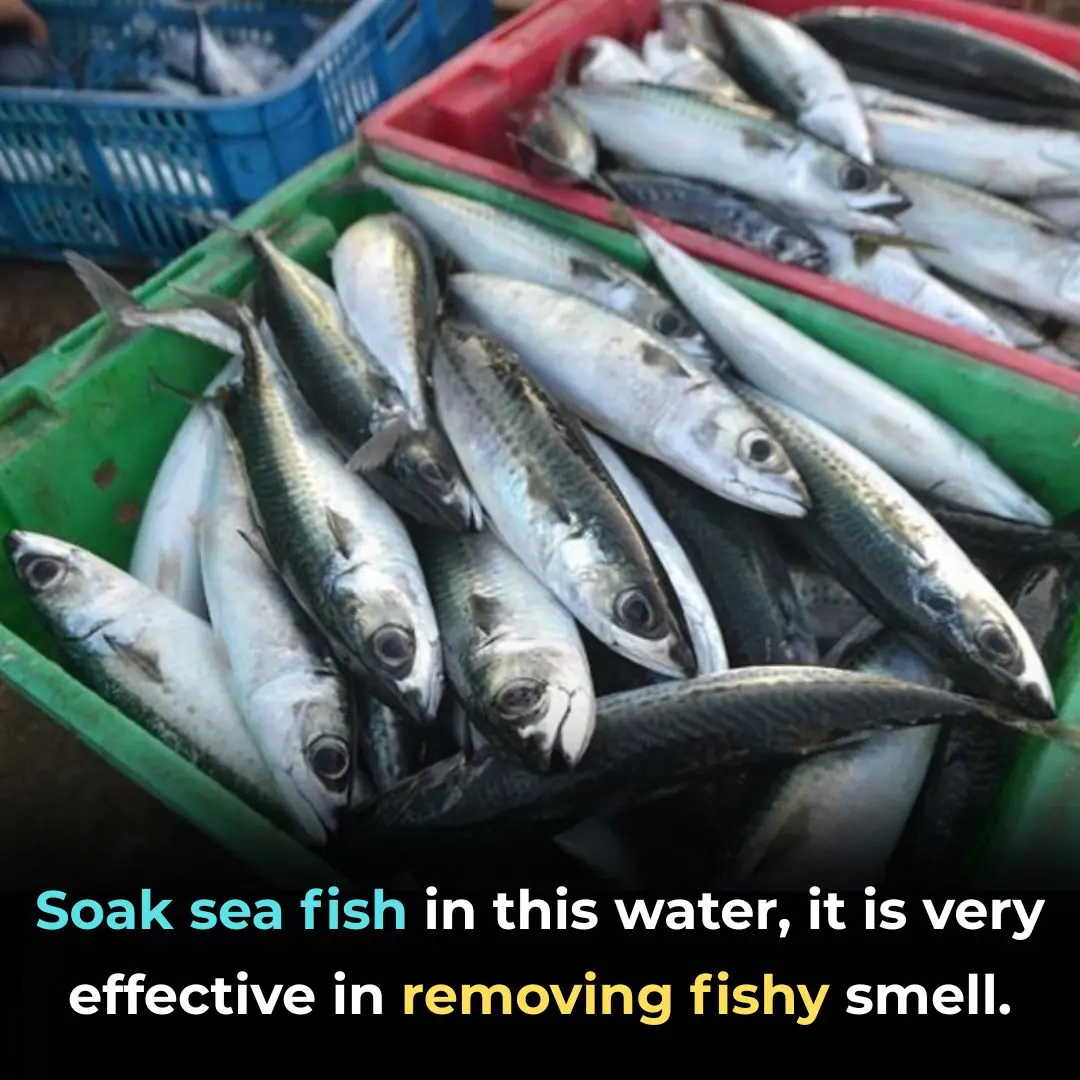
Soak sea fish in this water, it is very effective in removing fishy smell.
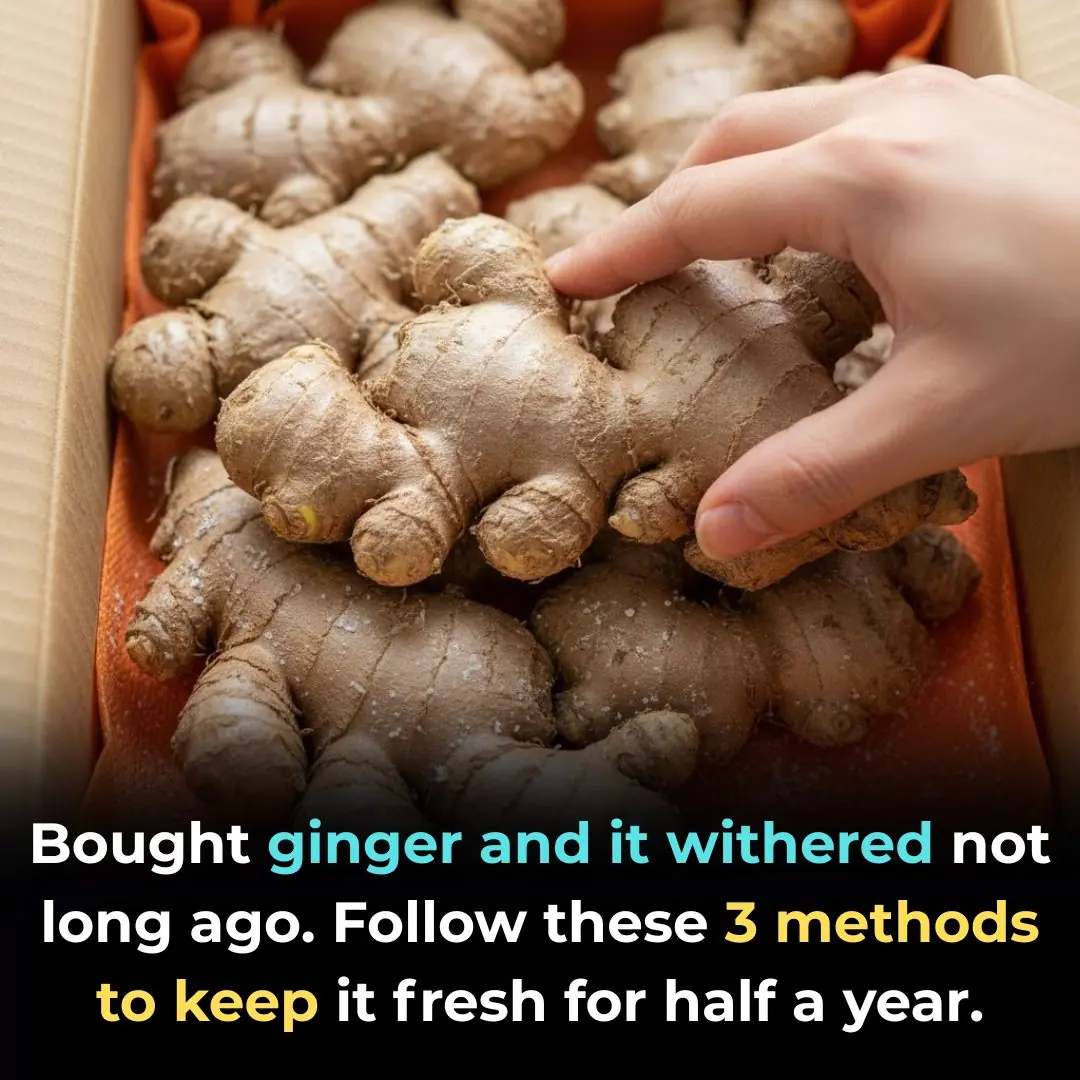
Bought ginger and it withered not long ago. Follow these 3 methods to keep it fresh for half a year.

Place this bowl of water in the corner of the house: Mosquitoes will automatically stay away, and the whole house will be free of mosquitoes.
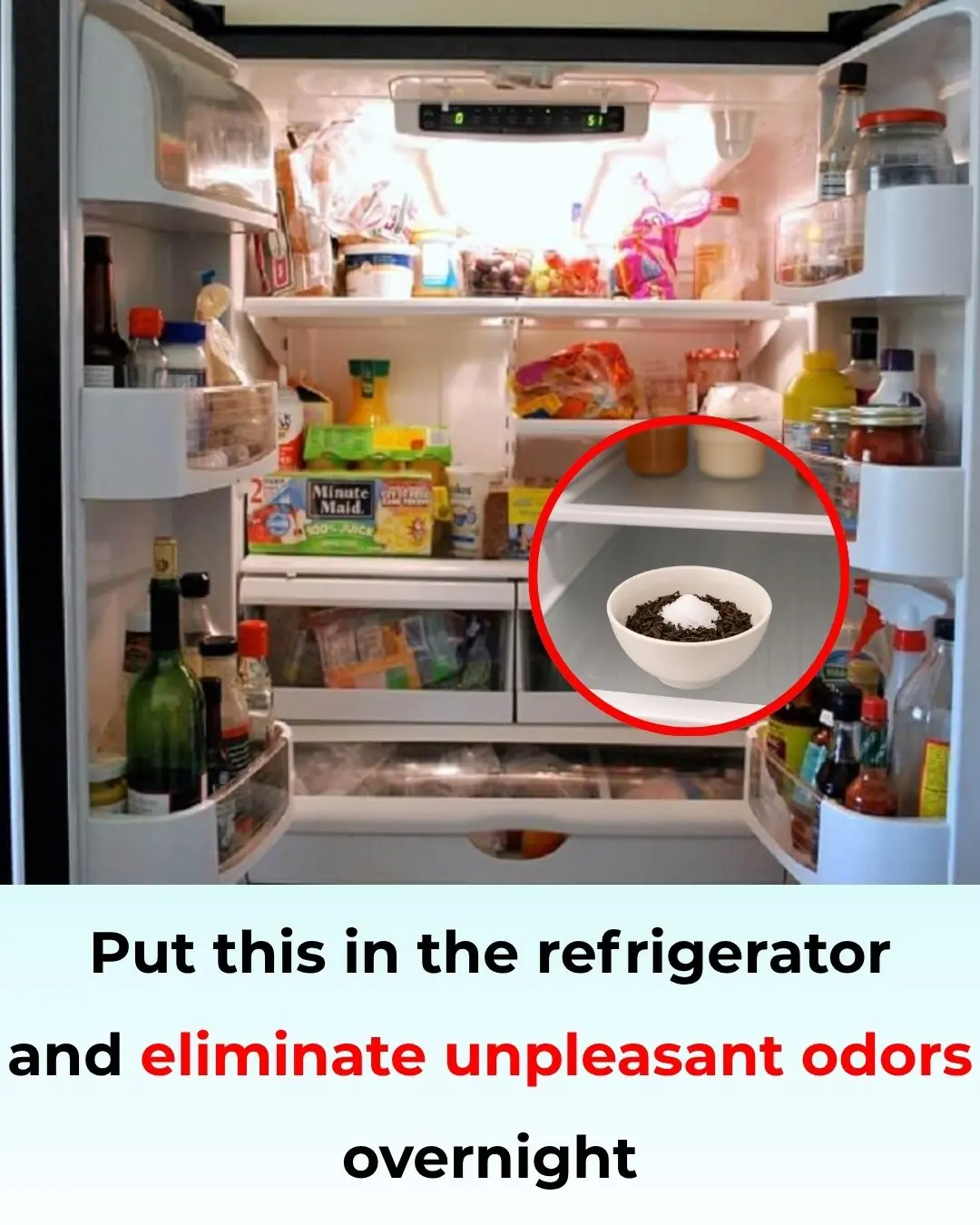
Put These Items in Your Refrigerator to Eliminate Unpleasant Odors After Just One Night
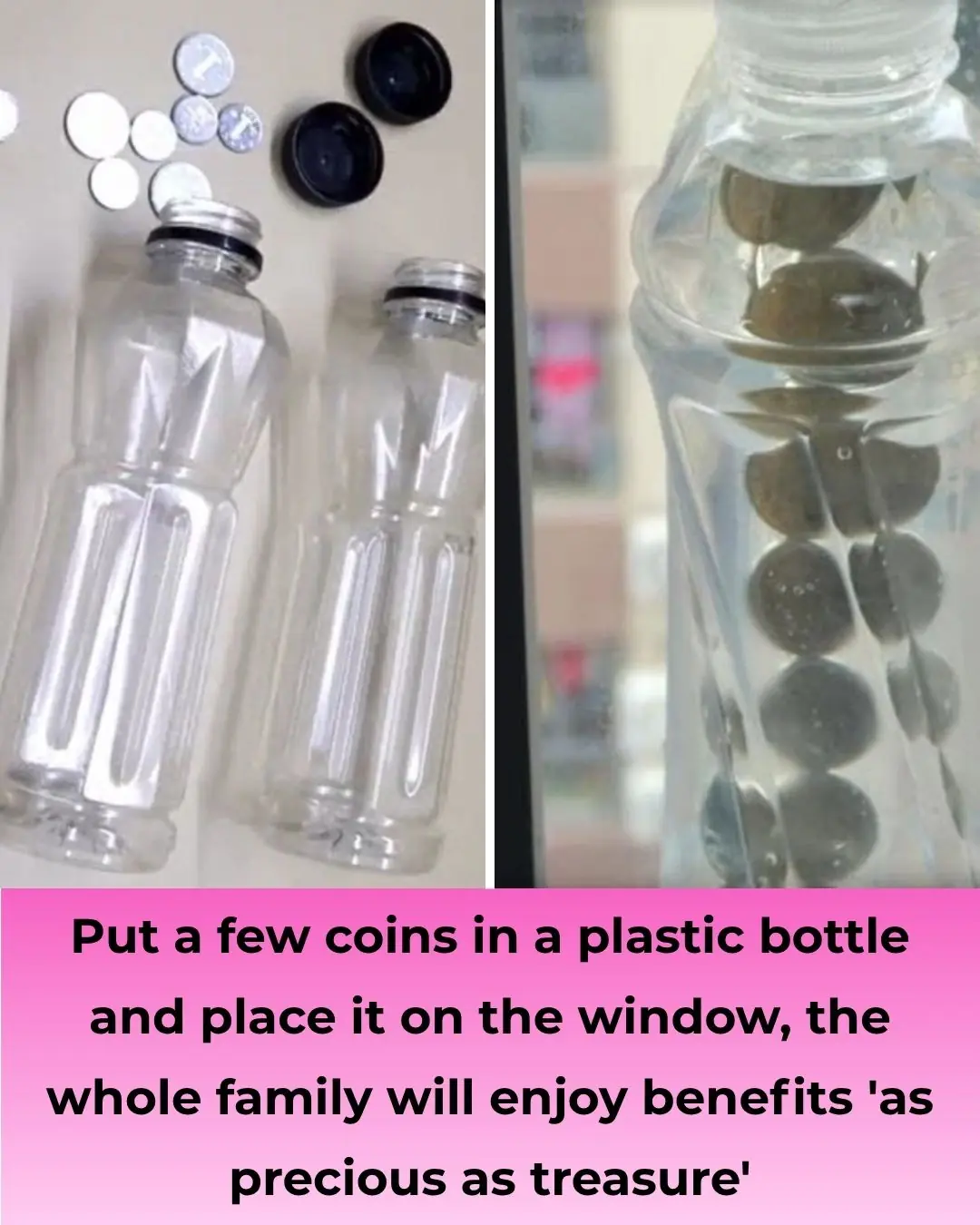
Putting a Few Coins in a Plastic Bottle and Placing It on the Window: The Whole Family Benefits ‘Like a Treasure’

Do You Need to Unplug the Rice Cooker After the Rice Is Cooked?
News Post

4 types of ornamental plants that easily cause allergies and poisoning in children, parents should consider before planting

Is beef that has iridescent colors like the 7 rainbow colors edible?

🚽 How to Remove Limescale Stains from Your Toilet Bowl — Naturally & Without Harsh Chemicals

7 ways to preserve onions and garlic so they don't mold, rot, or sprout all year long

Squeeze lemon juice into the rice cooker before cooking? Simple operation but surprising effects

Put a bowl of salt in the refrigerator: A small but effective tip that makes me regret knowing it after 30 years

Most Attractive Hobby a Man Can Have According to Women

The Hidden Power of the Hole in Your Kitchen Knife — 7+ Surprising Uses You Probably Didn't Know

Most people will go their entire lives without ever knowing what the microwave ring cover is actually for

10 Morning Habits That Are Surprisingly Harmful to Your Health

6 Effective Drinks to Help Prevent Stroke – Don’t Overlook These Choices

DENTISTS HATE HOW SIMPLE THIS TEETH WHITENING HACK IS

Juniper: A Comprehensive Guide to Its Benefits and Uses

Unveil Colgate’s Secret for Silky-Smooth Feet

Evergreen Huckleberry (Vaccinium ovatum) – Benefits, Uses, and Growing Guide

A 3-Year-Old Boy Got Super Glue in His Eye — His Mother’s “Golden 30 Seconds” Saved His Sight

Growing Concern Over Visceral Fat — Doctors Recommend 9 Foods to Help Burn It Naturally
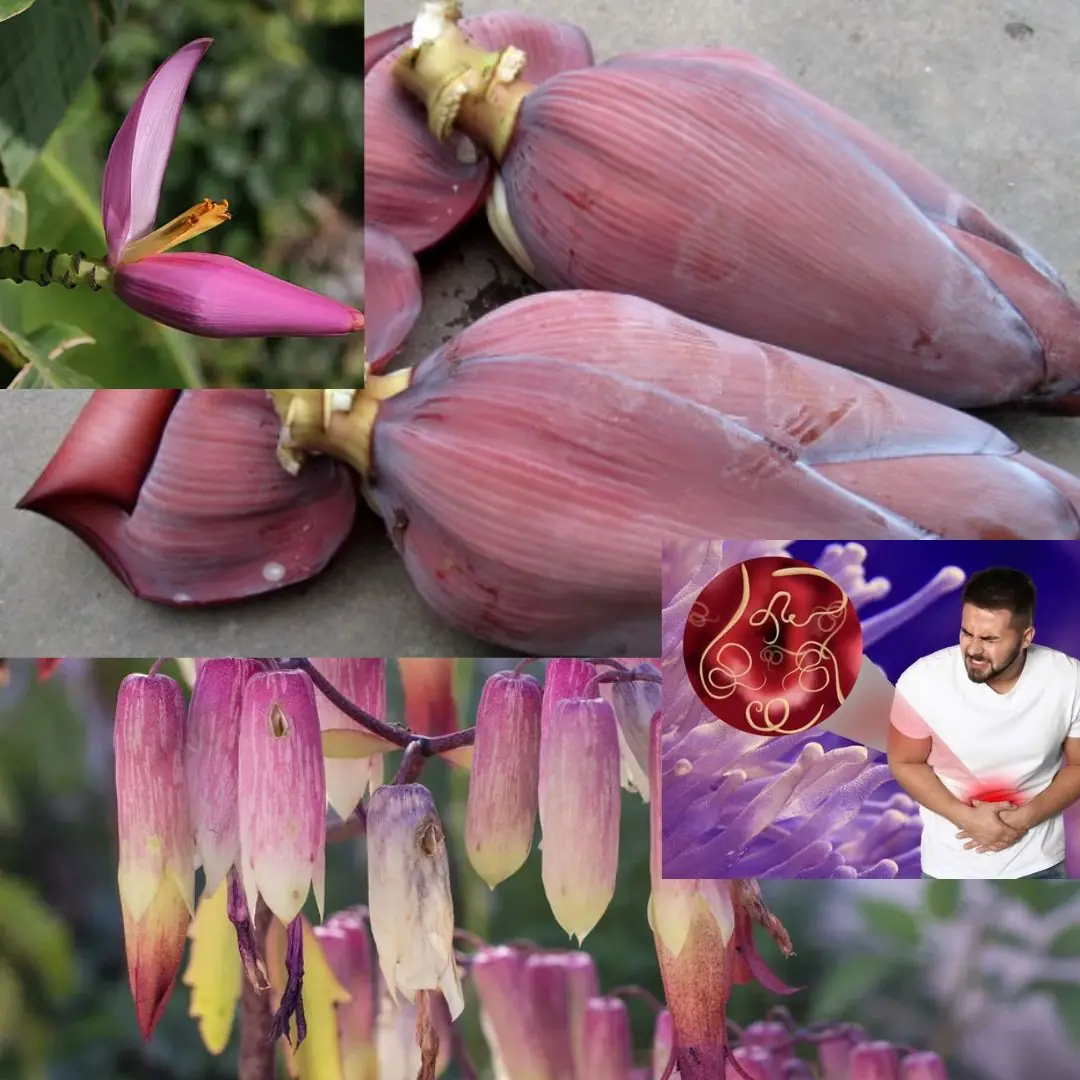
7 Amazing Health Benefits of Banana Blossoms

Bryophyllum Calycinum (Kalanchoe Pinnata): Benefits and Uses
